In Images: Exploring the Caribbean Deep
The Nautilus
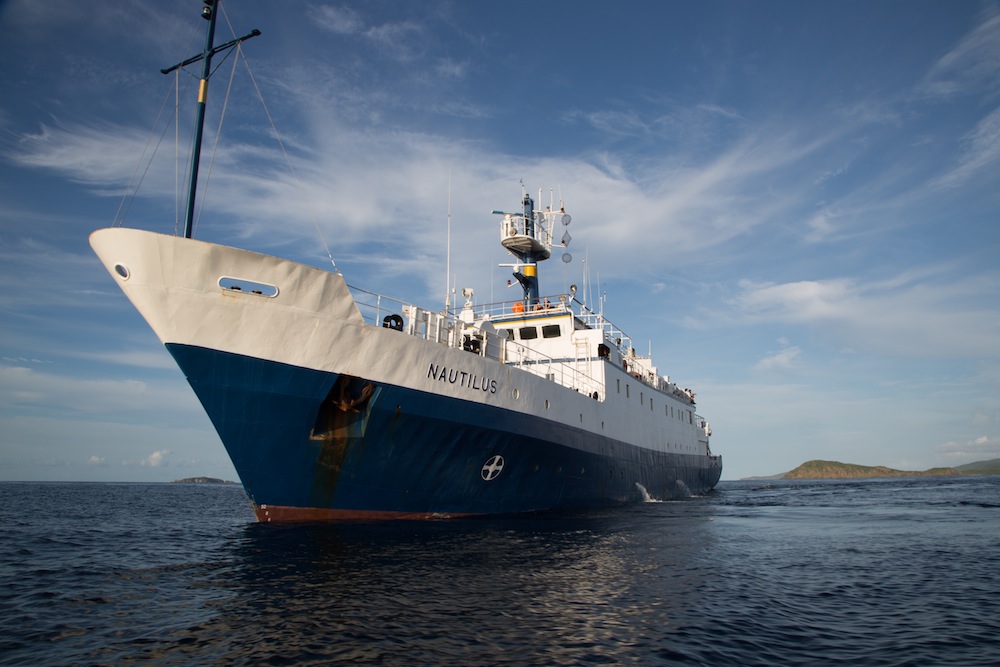
A team of scientists ventured to the depths of the Caribbean Sea on a three-month voyage to study fault zones and strange biological communities.
Bob Ballard, who discovered the Titanic wreckage, and his colleagues set sail for the Caribbean on the Nautilus, named after Captain Nemo's submarine in "20,000 Leagues Under the Sea".
the voyage is the subject of a new TV special by National Geographic Wild, called "Caribbean's Deadly Underworld,"
ROV Hercules
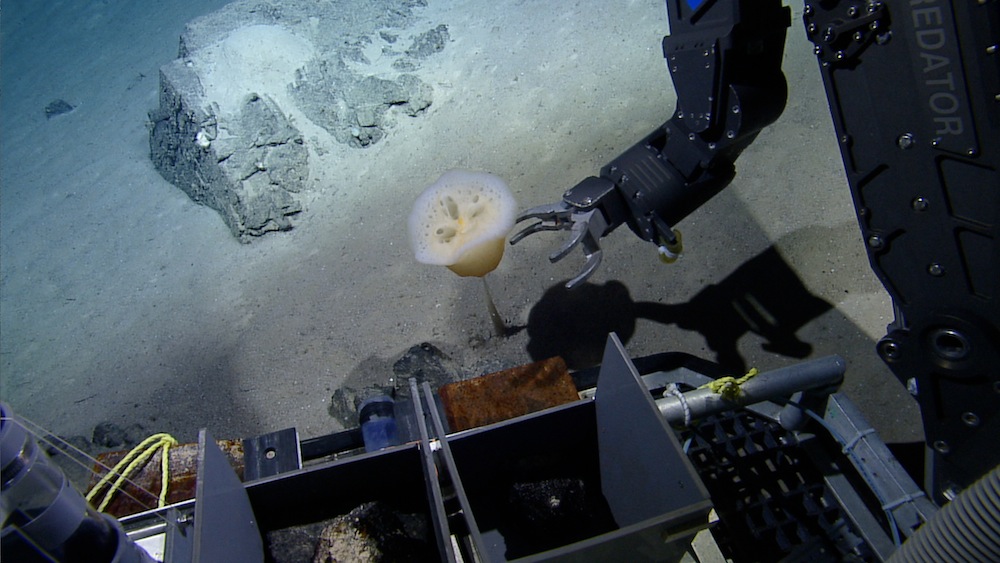
The team sent two remotely operated vehicles (ROVs) to explore the seafloor, a mysterious realm where sunlight never reaches and few people have even seen.
ROV Explores Deep

If a massive earthquake occurred along a fault in the Caribbean, it could generate a mega-tsunami, researchers say. The ROV explored the fault region to learn clues about its geologic past.
Nautilus Land Base
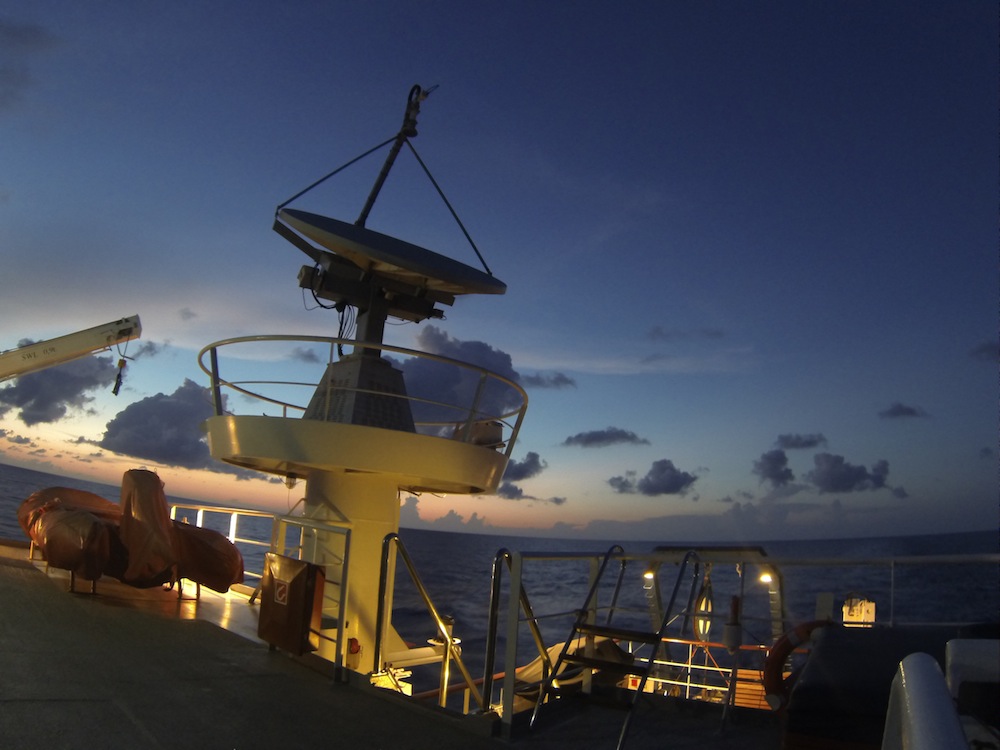
The E/V Nautilus is in constant contact with their on land base at the University of Rhode Island.
Shark vs. ROV

On the seafloor, the team found a slew of strange and wonderful creatures. Here, a bluntnose sixgill shark faces down the ROV Hercules' camera.
Chyrostylid Crab

They found creatures that never see the light of day, living off nutrients from hydrothermal vents. Here, a close-up view of a Chyrostylid crab on a black coral during exploration of Barracuda Bank.
Sea Urchin
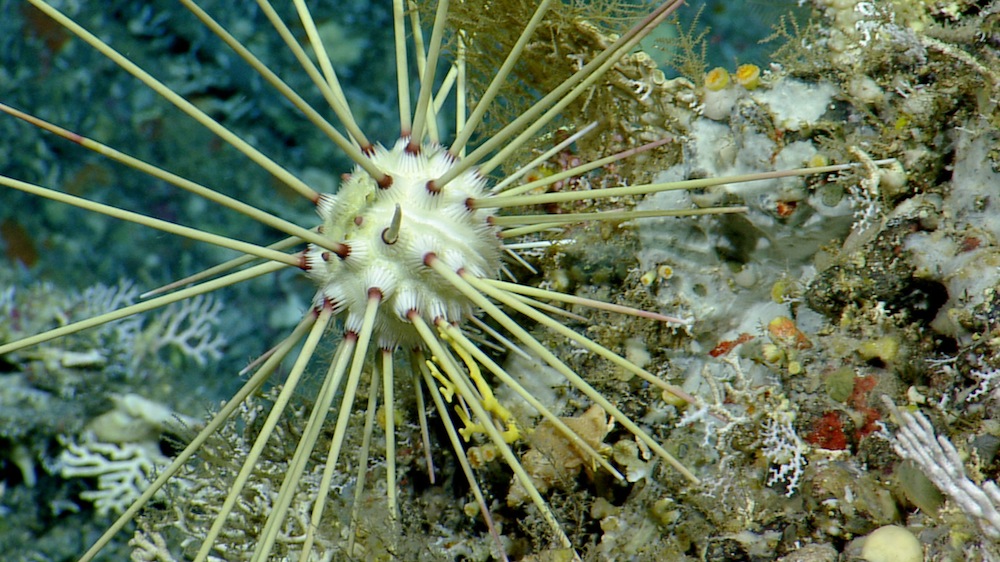
But even where there are no vents, the explorers found life. It turns out an underwater landslide squeezed methane out of the sediment, which supports an entire ecosystem
Get the world’s most fascinating discoveries delivered straight to your inbox.
ROV Control Room
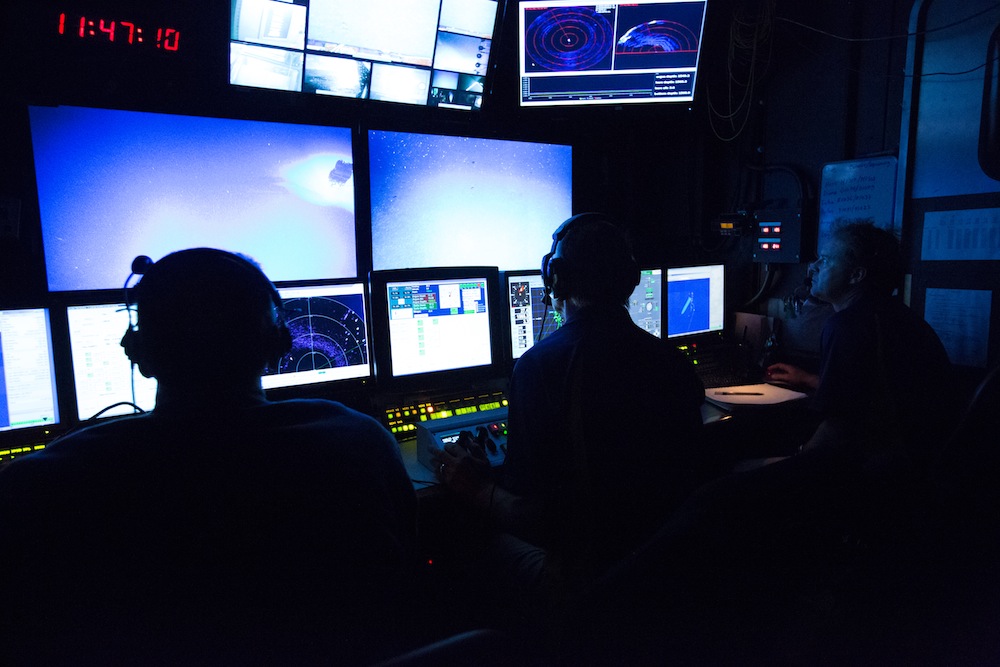
Scientists operate the ROVs from a control room on the ship. The video reveals sights that have never been seen before, in the planet's last unexplored frontier.



